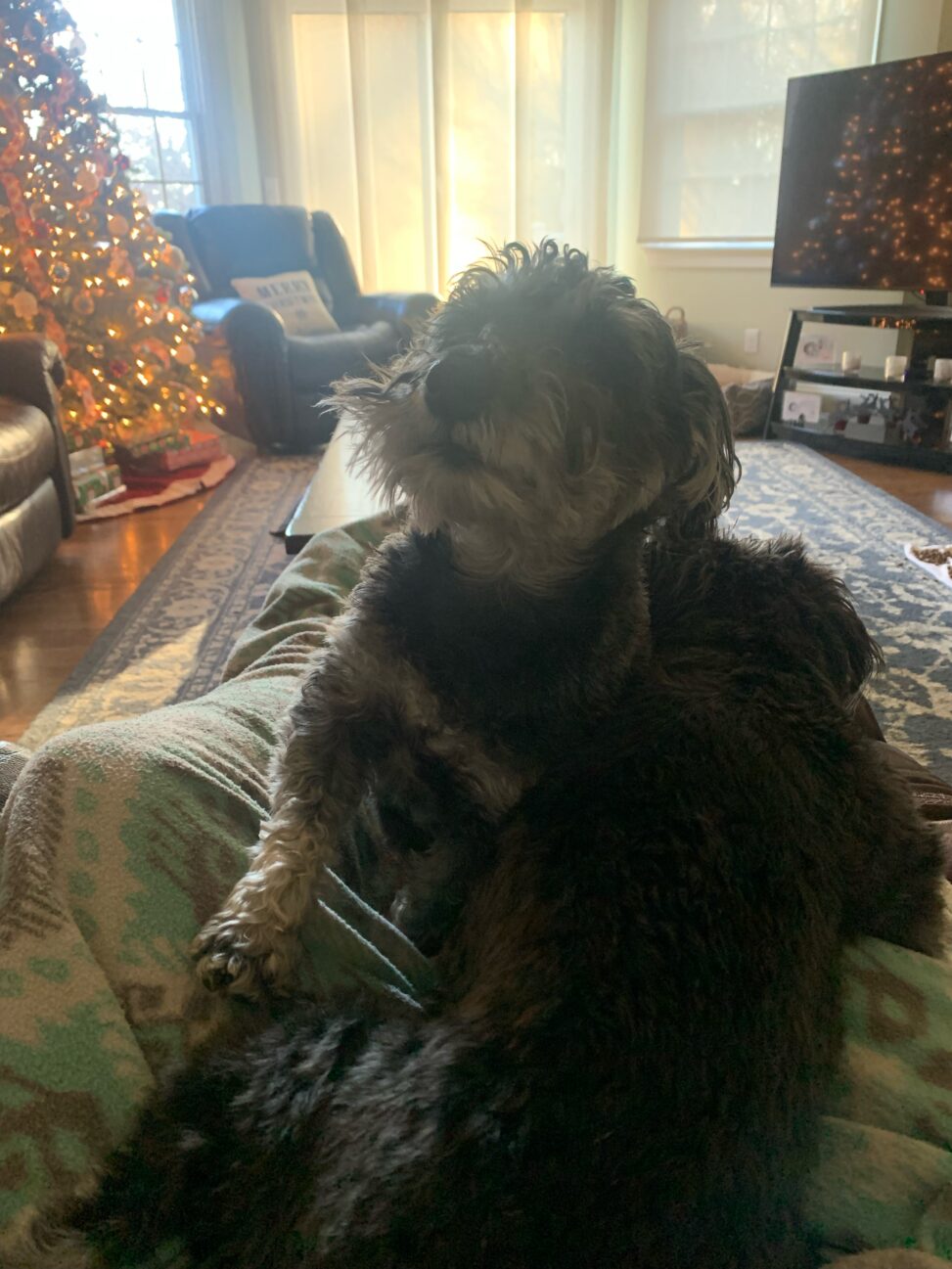When my family first adopted Bailey, she had tons of energy and wanted to play with us at all hours of the day. Now, even though she is an adult, Bailey still loves to play with us and her many toys. She is now six years old but continues to get just as excited as she did when we first brought her into our home. In this blog post, I will write about why adult dogs love to play so much. I will also look into the reasons why certain dogs play in different ways than others, around and not around other dogs.
 John W.S. Bradshaw, Anne J. Pullen, and Nicola J. Rooney wrote an article titled “Why do dogs play?’” In this article, they looked at the different types of play adult dogs display, as well as the extension of playfulness into adulthood in dogs. In their research, the authors found that playfulness within dogs is an adaptable trait, selected during domestication. They explain that this trait allows dogs and their owners to form emotional connections and helps train dogs to get along with the humans around them. Bradshaw, Pullen, and Rooney also wrote about the idea that dogs do not try to assert dominance when playing with humans. They wrote that instead, dogs only play competitively when with another dog. For example, if a dog was playing with a toy, it would only be aggressive if its playtime partner was another dog rather than a human. This research shows that dogs like to play for various reasons, sometimes due to predatory characteristics and social behaviors.
John W.S. Bradshaw, Anne J. Pullen, and Nicola J. Rooney wrote an article titled “Why do dogs play?’” In this article, they looked at the different types of play adult dogs display, as well as the extension of playfulness into adulthood in dogs. In their research, the authors found that playfulness within dogs is an adaptable trait, selected during domestication. They explain that this trait allows dogs and their owners to form emotional connections and helps train dogs to get along with the humans around them. Bradshaw, Pullen, and Rooney also wrote about the idea that dogs do not try to assert dominance when playing with humans. They wrote that instead, dogs only play competitively when with another dog. For example, if a dog was playing with a toy, it would only be aggressive if its playtime partner was another dog rather than a human. This research shows that dogs like to play for various reasons, sometimes due to predatory characteristics and social behaviors.
Miniature Schnauzers are known to have lots of energy and the ability to play for hours on end. They are known to be small but love playing with toys and running around with others dogs. From the moment we adopted Bailey, she has wanted to play with a variety of toys and the other dogs in my home. This playfulness has allowed Bailey to form close relationships with everyone in my family, including my other two dogs.
Bradshaw, J. W., Pullen, A. J., & Rooney, N. J. (2015). Why do adult dogs ‘play’?. Behavioural processes, 110, 82–87. https://doi.org/10.1016/j.beproc.2014.09.023

Leave a Reply